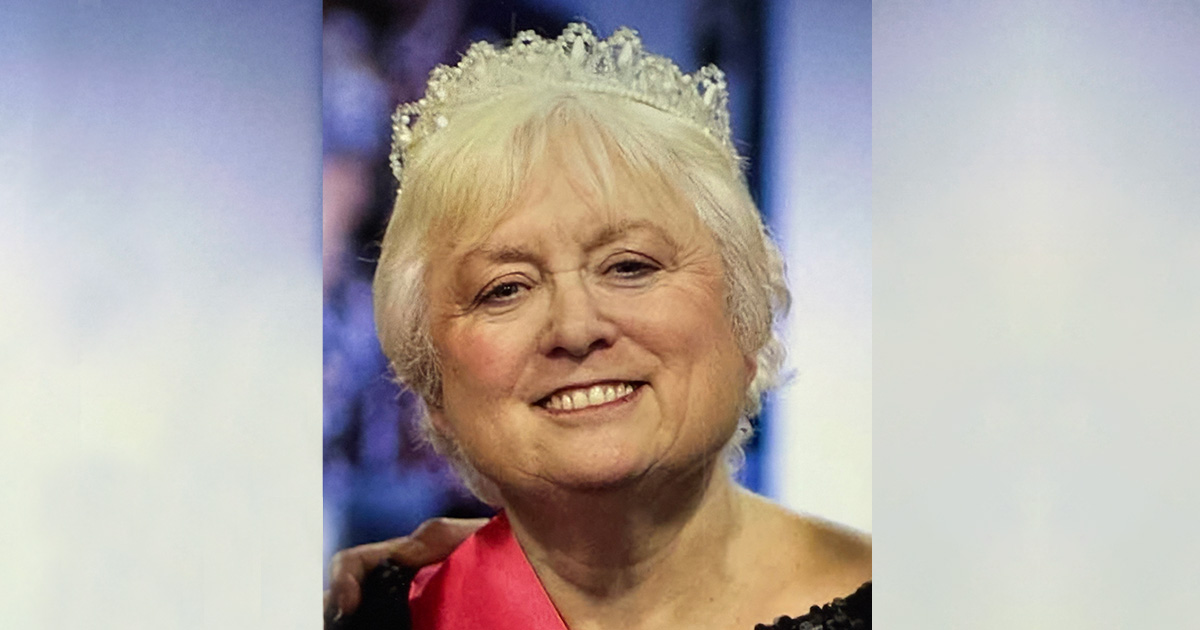The NSF for Diabetes Delivery Strategy (DoH, 2002a) aims to reduce inequalities and improve the quality of diabetes care being received. The document gives us guidance but few targets and so encourages the setting of challenging local targets to achieve the standards. Improvement of care should be consistent through a standardised approach that can be evaluated. The structure of the NSF encourages achievement of its aims through innovations in service redesign and in practice by all healthcare professionals (HCPs) involved in the delivery of diabetes care.
It is well documented that the incidence of type 2 diabetes is increasing rapidly (Amos et al, 1997) and that diabetes services in secondary care are feeling the strain. Shifting the Balance of Power (DoH, 2001a), the NSF for Diabetes Delivery Strategy (DoH, 2002a) and the GMS contract (BMA, 2003) encourage individual practices to deliver structured diabetes care and take on more of the uncomplicated diabetes management. This leaves the more complicated diabetes management to secondary care.
New ways of working need to be practised to achieve the aims of the NSF for Diabetes. Partnerships must be forged between HCPs delivering diabetes care and between HCPs and people with diabetes. Learning from and sharing information from previous NSFs (in particular that of the Older Person; DoH, 2001a) by linking into their networks is essential if we want to avoid reinventing the wheel.
Local health needs assessments indicate that in most communities the population over the age of 70 years is steadily increasing. From a diabetes service viewpoint this trend has been visible for some time and the potential impact on overstretched services is huge. Finucane and Sinclair (1995) state that 40% of people with diabetes are over 65 years. People are living longer and rates of insulin conversions are rising as the findings of the UKPDS (1998) are implemented. Meanwhile, we are working to achieve set standards of care; the workload for those who work with older people with diabetes is greatly increasing. I have managed a diabetes clinic for older people for 6 years in the secondary care setting and facilitated diabetes clinics in the primary care setting. Care of older people with uncomplicated diabetes should take place in a primary care setting. Older people benefit from a familiar environment where they are cared for by people they know well. Further benefits are gained from:
- The healthcare professional’s knowledge of the person and their past and recent medical history.
- The healthcare professional’s approach to health.
- Social support.
Testing Times (DoH, 2000) showed that people with diabetes preferred to have local diabetes services, and a local patient participation group also identified this with us. The NHS Plan (DoH, 2000) asked healthcare professionals to develop new models of service delivery to deliver the same high quality of patient care in community settings. In the local PCT we have developed new ways of working to improve the delivery of diabetes care for residents in care homes and reduce inequalities in service provision and access. The aim is to reduce the need for residents to travel to hospital and to provide education and support for the carers (Kirkland, 2000).
Implementation
Local strategies need to be developed based on local health needs assessments in order to implement the NSF for Diabetes. Part of the local strategy will address workforce issues. Questions to be answered should include:
-
vWho is currently providing what diabetes care and to whom?
- What is the knowledge base of the healthcare professional providing the care?
- What are their educational requirements?
- Where are the gaps in service provision?
- How can we meet the identified shortfalls?
Answers may differ between localities but will include the development of existing roles to meet needs more effectively using existing resources. New roles will provide ways of working which are different from traditional models. The aim is to achieve the right skill mix to deliver the service. Several pilots of new roles are identified in Workforce Matters (DoH, 2002b). Competency frameworks that the new roles will be expected to achieve are identified. DSNs need to be proactive in sharing skills and expertise across the whole healthcare community to encourage a consistent approach. Resistance to sharing skills due to professional jealousy (Da Costa, 2003) must be avoided and partnerships need to be actively developed. Only in this way will we achieve the goal of giving specialist care wherever it is needed (DoH, 2000). In our PCT this is driven by a consultant with an interest in diabetes who specialises in the care of older people and supports primary care in the delivery of diabetes care in this group (see Figure 1).
Local diabetes interest groups are forming networks, enabling local goals to be agreed and innovations shared. New ways of working can be piloted and the results shared through publication so the mistakes are not repeated and achievements are put into practice.
Patient participation is important in the development of new services so that understanding from a representative of the user group is gained. We have encouraged two older people with diabetes to attend.
Empowerment
Empowerment can be a difficult area of the NSF for Diabetes to implement in older people (Hughes, 2001). Older people often expect a paternalistic authoritarian approach to healthcare and a prefer to be seen in the ‘expert’ hospital setting. Preference for visiting a hospital can reinforce the development of the sick role and subsequent disempowerment. This group often want power to be taken away from themselves. According to Anderson and Funnell (2000), empowerment may be ‘achieved through the development of the capacity to be responsible for ones life’. They go on to say that empowerment aims for people:
‘… to have enough knowledge to make rational decisions, enough control, enough resources to implement their decisions and enough experience to evaluate the effectiveness of their actions.’
Practical suggestions
The NSF for Diabetes has provided suggestions on how progress can be made in caring for older people with diabetes.
Skill mix
Standard 3 states that differing skills should be used by the DSN, GP and practice nurse to encourage empowerment.
Location
The setting for the consultation is important. It should be in a quiet environment, free of interruptions and with enough allocated time to address any communication deficits and to check understanding.
From tools to goals
Care plans and patient held records as suggested by the NSF for Diabetes can provide excellent empowerment tools. Care plans are being developed in several areas nationally. We have encouraged participation of older people from the start of the project. We used appropriate colours for the visually impaired enabling easy identification of different areas of the document. Font size was also considered. After several drafts the care plan was sent to the local reader group to check for ‘userability’. Older people were included in this group. Education of healthcare professionals in the use of this document is essential for its success as an empowerment tool. It should not be just a communication tool carried by the person with diabetes between healthcare professionals.
A copy of all communication sent to healthcare professionals is given to the patient (as suggested by the NHS plan [DoH, 2000]), written in larger print. The key points and action plan from the consultation are repeated and agreed goals are highlighted.
Goals need to be agreed with the patient after relevant information has been discussed and should be identified in the care plan and patient held records. Goal setting should include agreed individual targets in relation to national guidelines. Potential barriers for the achievement of goals should be identified and avoidance tactics planned.
Personal contact
Older people with diabetes are given a named personal contact (as suggested by the NSF for Diabetes). This can be an invaluable way of reducing clinical appointments. It is a means of support; reasons for adjustments in treatment are discussed and the individual can be encouraged. The aim is not to foster dependence but to provide support through education of the patient as required so that confidence in self-management grows.
Personal choice
Another area of patient empowerment is to give the older person a choice on the type of care they receive where possible (i.e. insulin starter groups or individual insulin initiation). It is important to assess the level of knowledge and previous experiences which affect decision making and impact on the choices made and the achievement of goals.
Conclusion
The NSF for Diabetes lends an opportunity to develop diabetes services for older people, reducing inequalities in healthcare. We need to look at what is currently provided, what is needed in the future and where the shortfalls are in resources. Innovative ways of meeting these shortfalls then need to be piloted.
DSNs have great knowledge, expertise and power. We need to speak and be heard for diabetes services to develop into a resource that provides equal access to consistent, high quality, standardised and auditable care. In this way the identified needs of the whole health community will be met including those of older people with diabetes.





International Diabetes Federation officially recognises “type 5 diabetes”, decades after first being observed.
24 Apr 2025